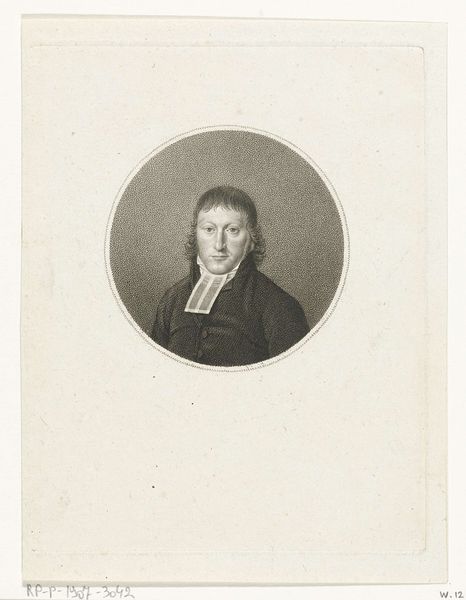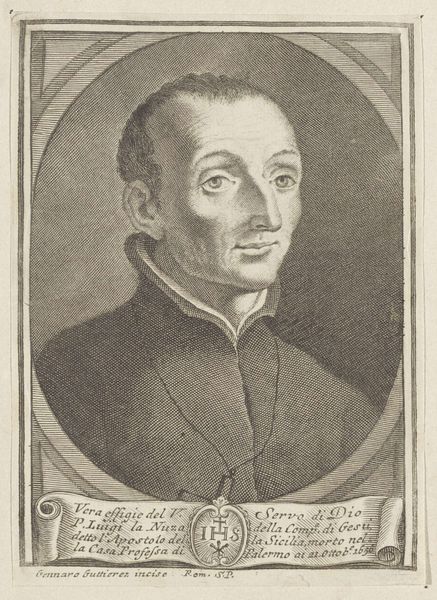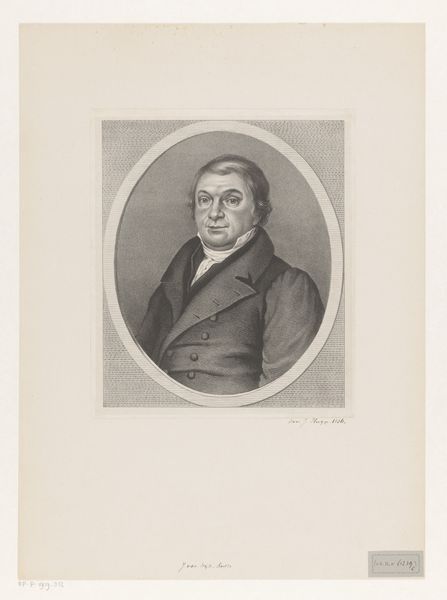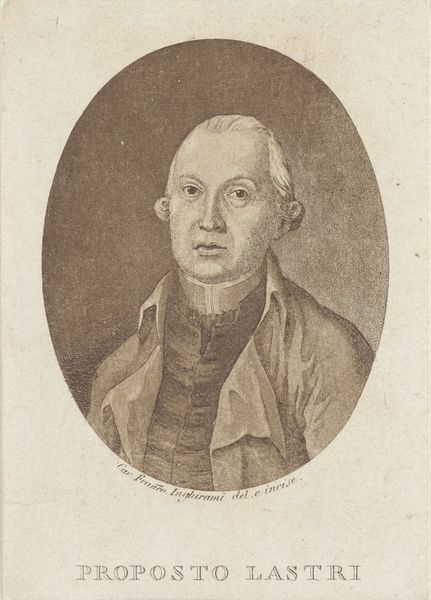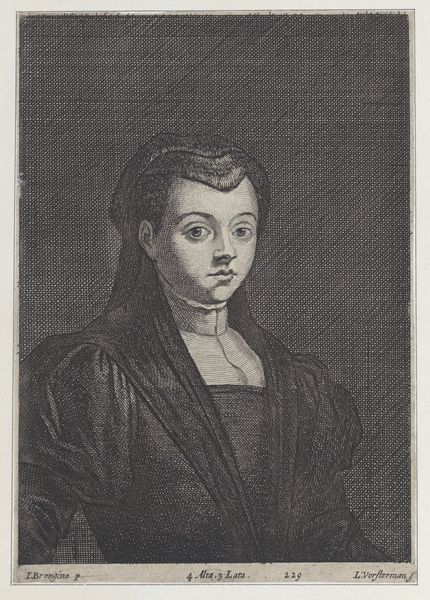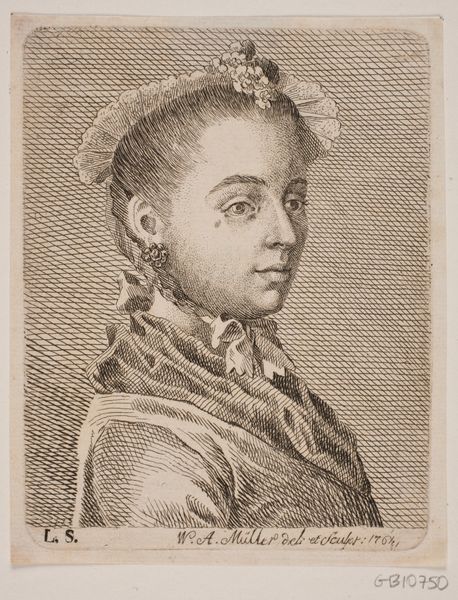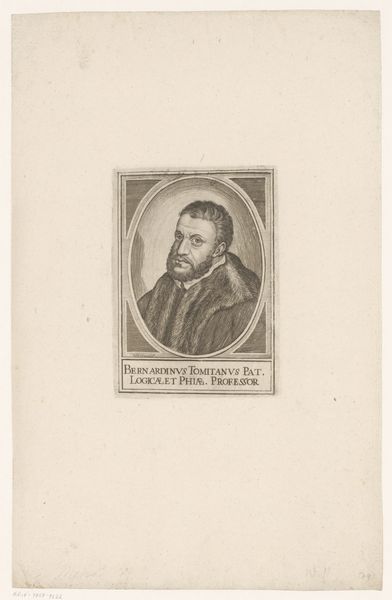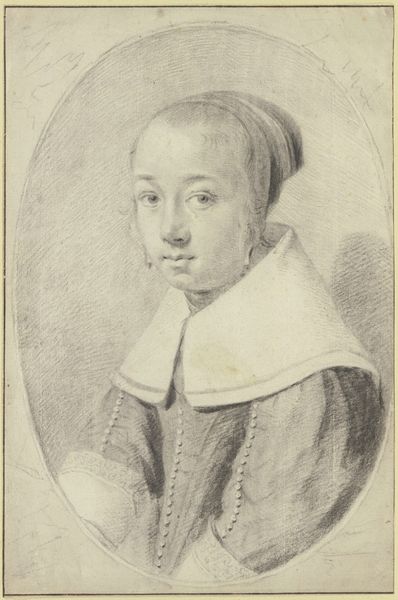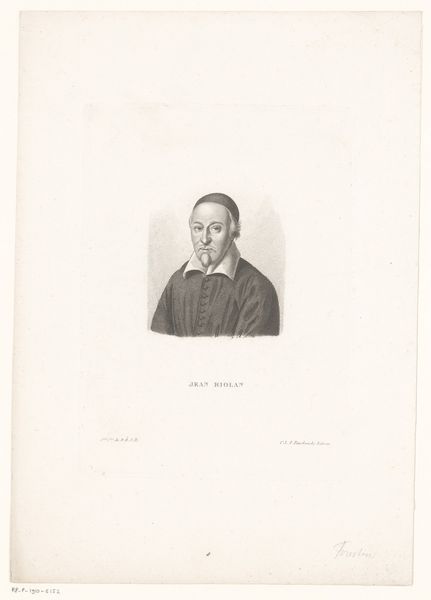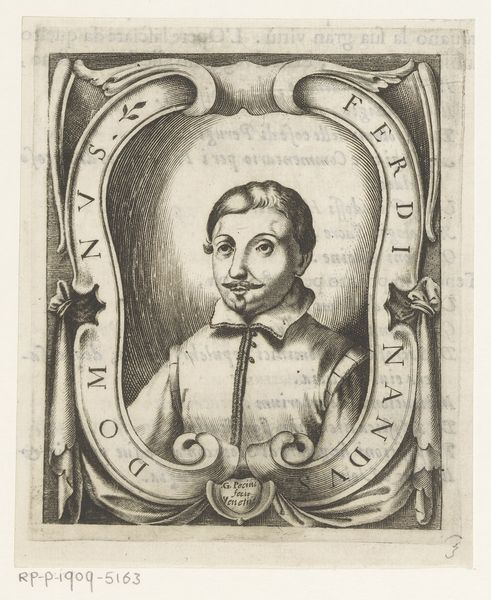
print, engraving
#
portrait
#
neoclacissism
# print
#
old engraving style
#
historical photography
#
history-painting
#
engraving
Dimensions: height 156 mm, width 103 mm
Copyright: Rijks Museum: Open Domain
Curator: This is Friedrich Rossmässler’s "Portrait of Katharina von Bora," dating from 1785 to 1858, a print currently held at the Rijksmuseum. Editor: The delicate lines! It evokes such a feeling of austerity. She seems simultaneously strong-willed and yet incredibly vulnerable. I'm immediately drawn to the texture, that heavy fur collar especially, which contrasts nicely with the smoothness of her face. Curator: The choice of engraving speaks volumes, doesn't it? It’s a process requiring immense skill, where the artist physically cuts lines into a metal plate, and this would have been a popular method for disseminating images to a wider audience. Consider, too, the context; while depicting a 16th-century figure, it was made during the neoclassical period. How interesting to see the intersection of those aesthetics. Editor: Precisely. Printmaking democratized image ownership but it's also important to consider what that availability enabled. Rossmässler likely meant to capitalize on renewed interest in Reformation figures for ideological purposes. And how are women represented in these historical depictions? Is she simply a passive symbol here? Curator: A valid point. Consider how Katharina's life actively challenged the status quo. A former nun who married Martin Luther, she managed their household and farmlands, actively participating in a period of huge religious and social change. A print such as this then solidifies her role as the dutiful wife more than anything. Editor: Perhaps the relatively severe composition and limited palette reinforce that perceived virtue and piety expected of women in those periods. Looking at the physical production again, I’m struck by the level of detailed labor involved in producing this one piece of printed matter. All of it reinforces specific social and gender norms of the period. Curator: Absolutely. So, through examining the image’s production, circulation, and its positioning within particular cultural contexts, we gain a richer appreciation not only of Rossmässler's skills but, most significantly, a broader sense of 19th-century perceptions of the Reformation itself. Editor: Indeed. The historical reproduction invites a more complicated understanding when observed from a material and production focused vantage point.
Comments
No comments
Be the first to comment and join the conversation on the ultimate creative platform.
